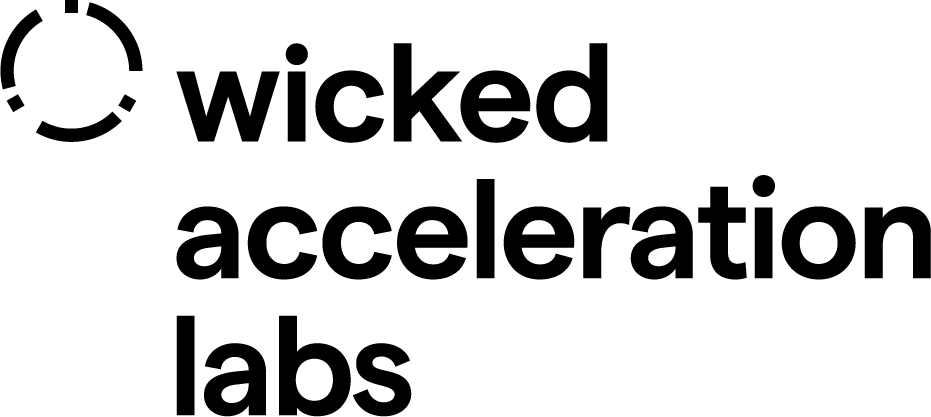Resource: Tools
Near Future Design Challenge
Why is this tool useful?
For each of the six societal dimensions, the lab team wanted to create a broad design challenge, looking at how they could support the user in the contexts they might face. For each of the scenarios, they brainstormed questions using the formula starting with “how might we.” These questions considered how they could help young people feel more in control over their choices in the different contexts of identity, spirituality, work, body, relationships, and money.
This Tool was used for:
Near Future Design Challenge
Why is this tool useful?
A user persona is a fictional representation of your ideal customer. A persona is generally based on user research and incorporates the needs, goals, and observed behaviour patterns of your target audience.
This Tool was used for:
Near Future Design Challenge
Why is this tool useful?
To conduct this type of guerilla research, you need to create questions that quickly allow people to express their relationship to broad topics, gradually go into more detail about issues and talk about themselves.
This project was broadly about happiness. For your project, you will need to adapt the questions to your broad topic of interest.
This Tool was used for:
Near Future Design Challenge
Why is this tool useful?
Extreme users can be described as the people on either end of the spectrum of users of a product or service. The distribution of users of most products or services follows a bell curve, with the mainstream users in the centre and remaining ‘extreme users’ on either side of the peak.
This Tool was used for:
Near Future Design Challenge
Why is this tool useful?
Write a tweet acting either as the service owner or a key stakeholder. Putting yourself in the shoes of that person, try to describe the service or an outcome of the service.
This Tool was used for:
Near Future Design Challenge
Why is this tool useful?
Once you have ideated multiple possible concepts of future services that respond to your scenarios, select one or multiple complementary ideas and use the tools below to expand, detail and capture the concept.
This Tool was used for:
Near Future Design Challenge
Why is this tool useful?
This tool helps structure and detail a narrative about your chosen scenario, considering the trends, contexts and implications to create plausible scenarios of the future.
Workshop tips How to run the workshop: Use the cards laid out as in the drivers of change categories and include a description of the significance; Be sure you have enough space; Use a timer to keep track of the time; Break the team up into two or three and rotate so a few people can see each group at once ad discuss in the allotted time; Spend about three hours and 15 minutes on each section with a break in between; Set aside a couple of minutes to get familiarised with the section, 8 minutes to review the signals and 5 minutes to discuss and add notes.
This Tool was used for:
Near Future Design Challenge
Why is this tool useful?
This tool helps you collect ‘signals’ of the future. A ‘signal’ of the future is a specific innovation, event or disruption that has the potential to grow and expand its influence or it may simply be a clue that a trend is forming.
As you find these signals, detail them as instructed below to build your collaborative future trends toolkit. 1. Start by exploring future signals through online research, articles, books, podcasts, trends reports, and exhibitions; 2. Cluster material such as articles and reports about similar innovations and disruptions together; 3. Starting from the field ‘Describe the signal’, fill out the signal tool by focusing on the relevance of what’s happening. A catchy title and images are key to convey the value of the disruption; 4. After you’ve created a lot of signals try to group them into ‘key influence clusters’ for the first synthesis of your research.
This Tool was used for:
Near Future Design Challenge
Why is this tool useful?
Implication analysis (SPEECS) SPEECS is a framework or tool used to analyse and monitor the macro-environmental (external service environment) factors that have an impact on an organisation and its strategy for the future.
SPEECS stands for: S – Societal/Ethical P – Political/Legal E – Environmental E – Economic C – Cultural / Business S – Scientific / Technological
This Tool was used for:
Near Future Design Challenge
Why is this tool useful?
This tool helps structure and detail a narrative about your chosen scenario. It frames the scenario as a question about the future and points to potential outcomes




